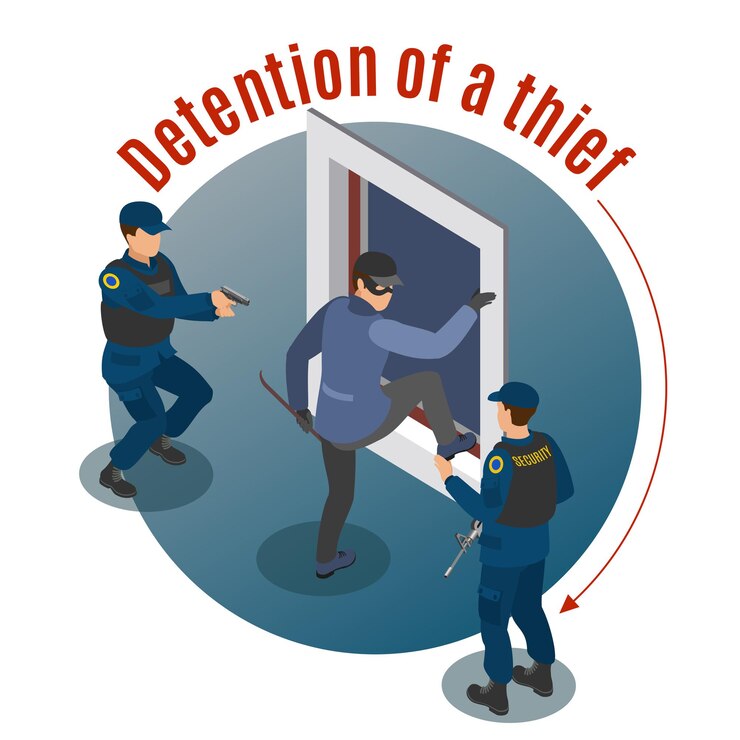
Just as the name suggest, CSP is the set of regulations or instructions that are defined for web page content that is being loaded to be displayed to users. A web page is made up of different content from images, scripts, styles e.t.c . To avoid loading of malicious content, web developers have to define the rules otherwise known as directives that are considered when loading and displaying content to the end users. Think of this(CSP) as a security guard who is tasked with letting only tenants to access a certain building to avoid entry of characters of questionable character. Get the gist?

CSP is set using an HTTP header called Content-Security-Policy sent by the server to the browser along with the content. This header contains rules(Directives) about the resources allowed to be loaded on a page. Some of the directives are :
- default-src: This defines the default policy that is used incase other rules are not defined. Missing directives default to this.
- script-src: Specifies the source of JavaScript.
- style-src: Specifies the source for styling.
- img-src: Specifies the allowed image resources.
User input fields are like the wild west of web security—unpredictable, full of potential danger, and ripe for mischief. That’s where CSP (Content Security Policy) swoops in like a digital superhero, armed with a Swiss Army knife of security features to stop the bad guys. Whether it’s data injection or XSS attacks, CSP’s got your back. It's like giving developers a force field around their site, making sure only the good guys (trusted sources) can play in the sandbox, and banning the sketchy folks from sneaking in harmful scripts and content. So, yeah, CSP doesn't just patch things up—it lays down the law and keeps your site safe from all the web's digital villains.
Imagine you're still stuck in the past, working with some ancient tech that's clinging to HTTP like it's still 1999. It's like trying to lock your house with a wooden door and a rusty padlock—not exactly reassuring, right? Enter CSP to save the day. With the upgrade-insecure-requests directive, it’s like CSP’s magical upgrade fairy, swooping in and automatically converting all those old HTTP requests into shiny, secure HTTPS ones—no questions asked.
It’s like having a security guard who, instead of waiting for you to change your access card every time it expires, just walks around and updates everyone’s access cards without you lifting a finger. You don’t even have to send a memo! Just sit back, relax, and let CSP handle the upgrades like a smooth operator. All your old insecure requests? Upgraded. Done and dusted. Doesn’t that sound like the kind of guardian angel you’d want looking after your site? Talk of giving super powers to the old.

With CSP on your side, it's like having a superhero, security guard, and upgrade fairy all rolled into one—keeping your site safe, sound, and effortlessly up to date. You just keep doing you, and let CSP handle the rest!
Until next time, keep <CODING />.







